Popular Stable Diffusion Models Overview (Part 2)
2 min read
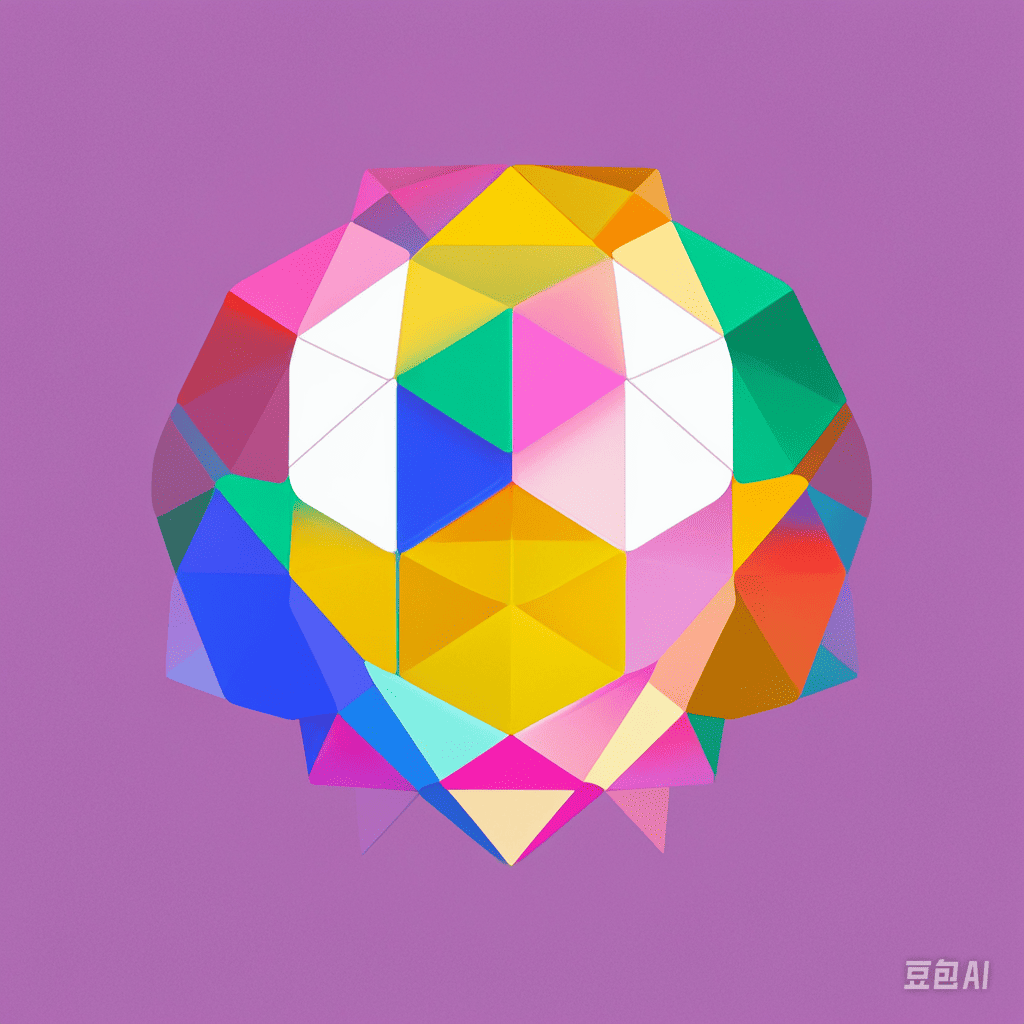
This article provides a comprehensive overview of commonly used Stable Diffusion Webui models, including detailed information about fantasy-world, pony diffusion, Openjourney v4, dosmix, meinamix, seek.art MEGA, Pastel Boys, and AnyLoRA models.
Fantasy-World Model by Satyam_SSJ10
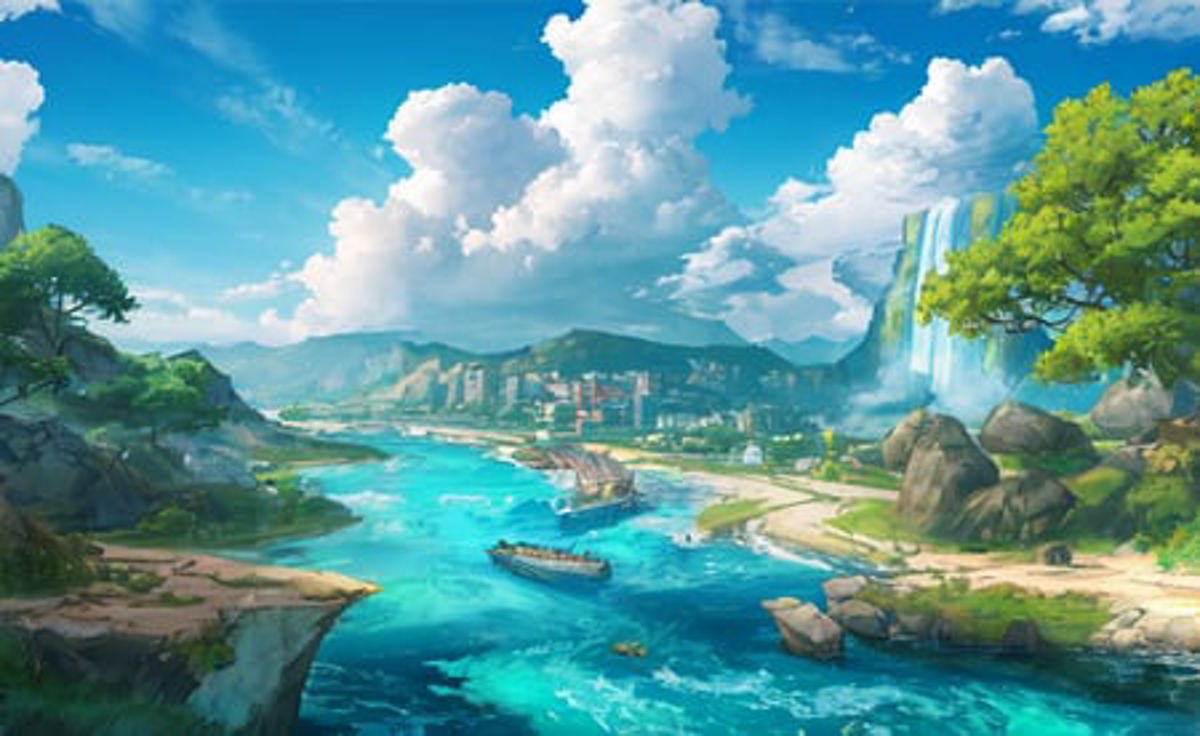
Dpepteahand3 model. Here are the key features:
- Fine-tuned using artwork from various concept artists
- The artist spent over two weeks collecting and manually curating artworks
- Generated images will display the
Dpepteahand3model name, which can be ignored
Pony Diffusion V4 Model by AstraliteHeart
AstraliteHeart/pony-diffusion-v4 is a specialized model for generating pony and plush-style images. Key features:
- Fine-tuned using 3 million text-image pairs from derpibooru, e621, and danbooru
- Trained for 15 epochs with a 5.0e-6 learning rate
- Recommended to use secondary CLIP and add
derpibooru_p_95to prompts andderpibooru_p_lowto negative prompts
Openjourney V4 Model
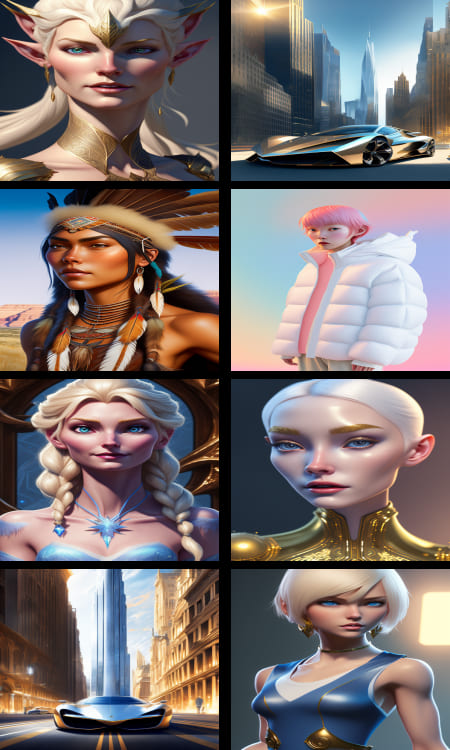
- Trained on 124,000 images for 12,400 steps and 4 epochs (32 hours total)
- No longer requires the
mdjrny-v4 styleprompt - Supports multiple spatial styles (conference rooms, offices, warehouses, etc.)
- Based on Stable Diffusion 1.5 Find more prompts at Prompthero
Dosmix Model
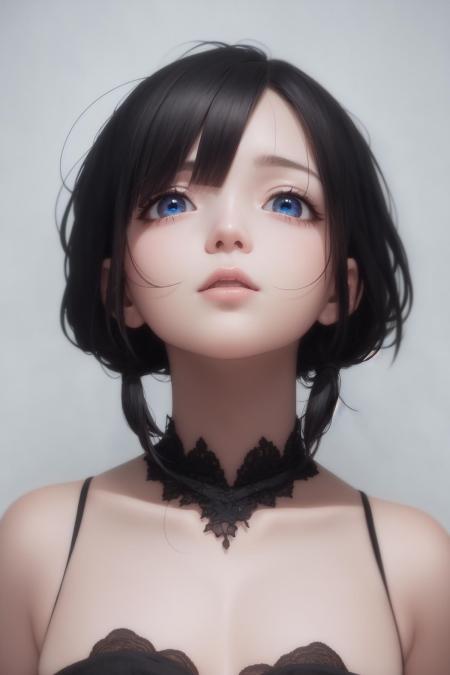
- Use
(Realistic:0.1~1.4)or(realistic:0.1~1)in negative prompts - Recommended VAE:
kl-f8-anime2orvae-ft-mse-840000-ema-pruned - Use 0.5 denoising and 2x upscaling
- Best for upper body and bust shots
Meinamix Model
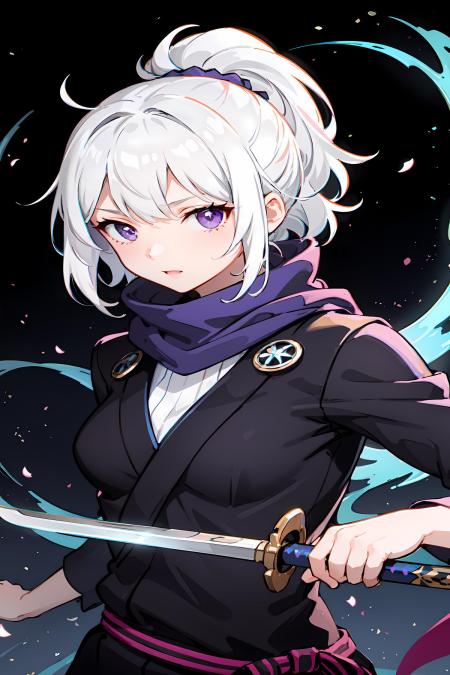
- MeinaMix V1-6
- MeinaPastel V3
- MeinaHentai V2
- Night Sky YOZORA Style Model
- PastelMix
- Facebomb
Recommended settings:
- Samplers: Euler a (40-60 steps) or DPM++ SDE Karras (30-60 steps)
- CFG Scale: 7
- Portrait resolutions: 512x768, 512x1024
- Landscape resolutions: 768x512, 1024x512, 1536x512
- Hires.fix: R-ESRGAN 4x+Anime6b
- Clip Skip: 2
Seek.art MEGA Model
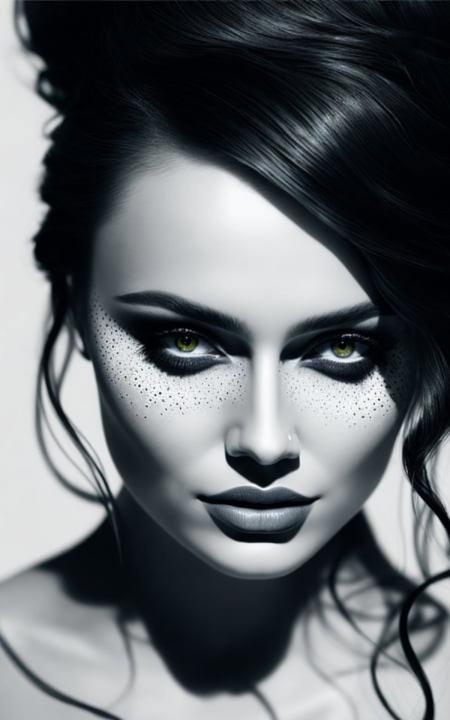
- Use resolutions above 640px
- Apply vae-ft-mse-840000-ema VAE
- Include negative prompts to exclude unwanted styles
- Be specific in prompts
- Works well with sd-dynamic-thresholding
Pastel Boys Model
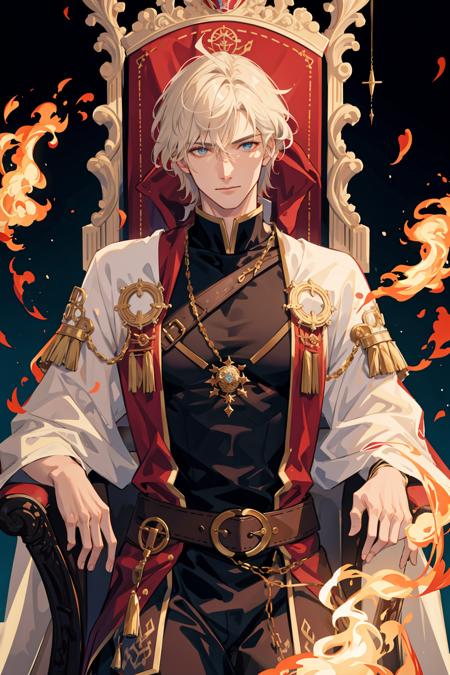
- Brighter colors and detailed backgrounds
- Recommended settings:
- Sampling: Eular a / DPM++ SDE Karras
- Clip skip: 2
- Hires.fix upscaler: R-ESRGAN 4x+Anime6B
- CFG Scale: 7-9
- VAE: vae-ft-mse-840000-ema-pruned / kl-f8-anime2
AnyLoRA Model
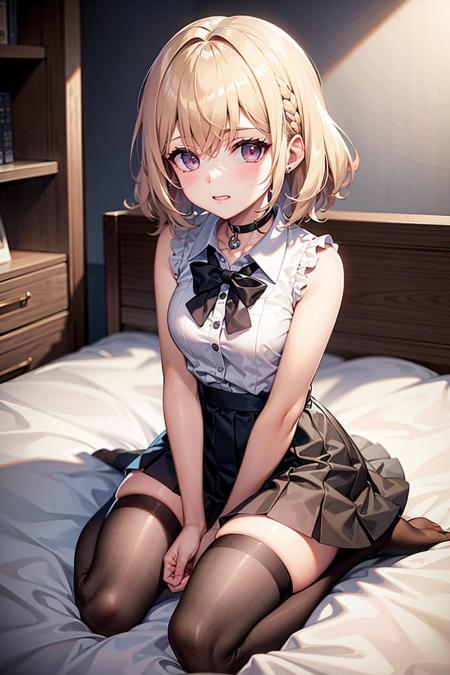
- Enhanced LoRA training compatibility
- Neutral style base for accurate LoRA application
- Recommended weight of 0.65, adjustable to 1
- Efficient memory usage
- Ideal for both training and inference
- Perfect for Colab and local environments
More Articles
![OpenAI 12-Day Technical Livestream Highlights Detailed Report [December 2024]](/_astro/openai-12day.C2KzT-7l_1ndTgg.jpg)
OpenAI 12-Day Technical Livestream Highlights Detailed Report [December 2024]
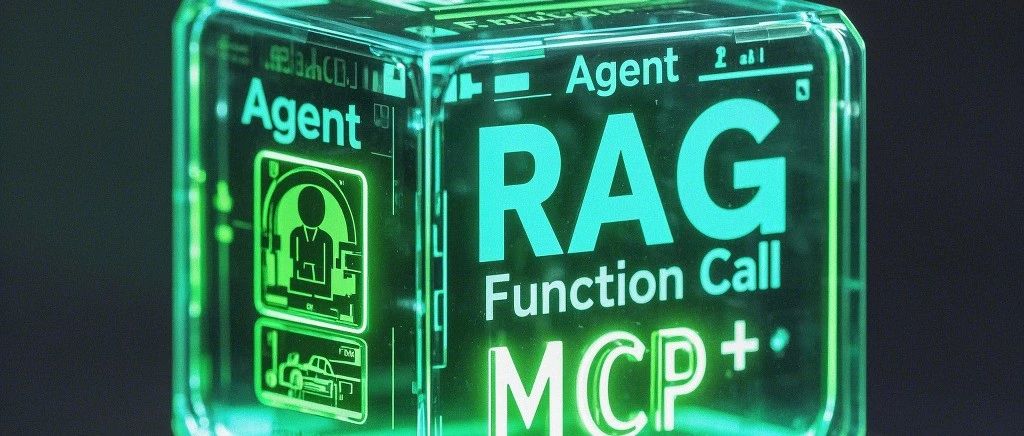
Understanding Core AI Technologies: The Synergy of MCP, Agent, RAG, and Function Call
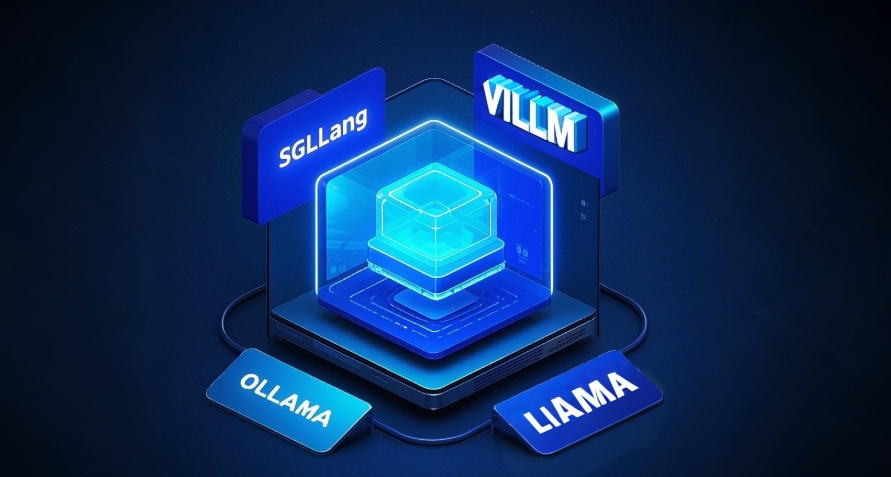
AI Model Tools Comparison How to Choose Between SGLang, Ollama, VLLM, and LLaMA.cpp?
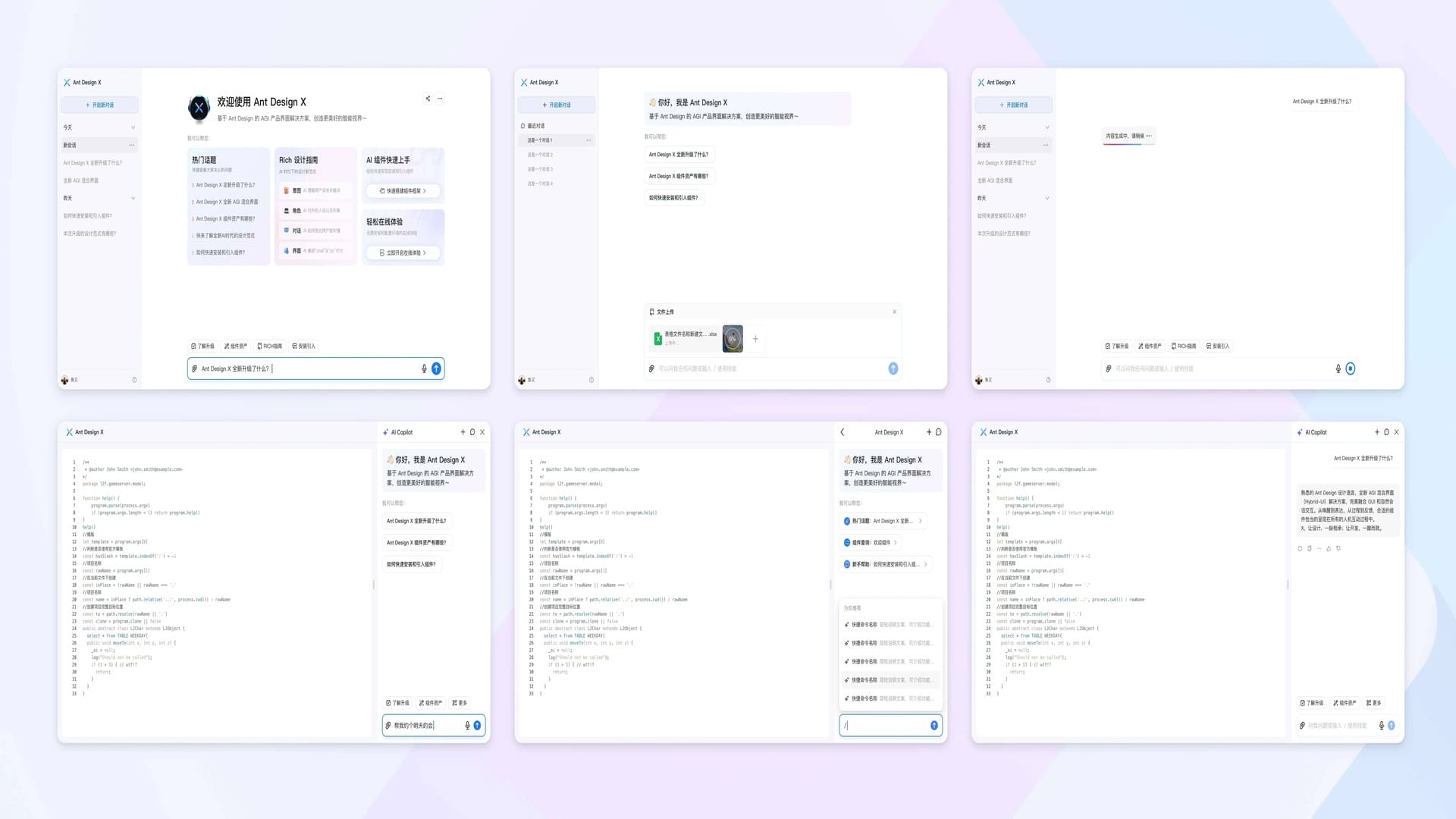
Ant Design X - React Component Library for Building AI Chat Applications
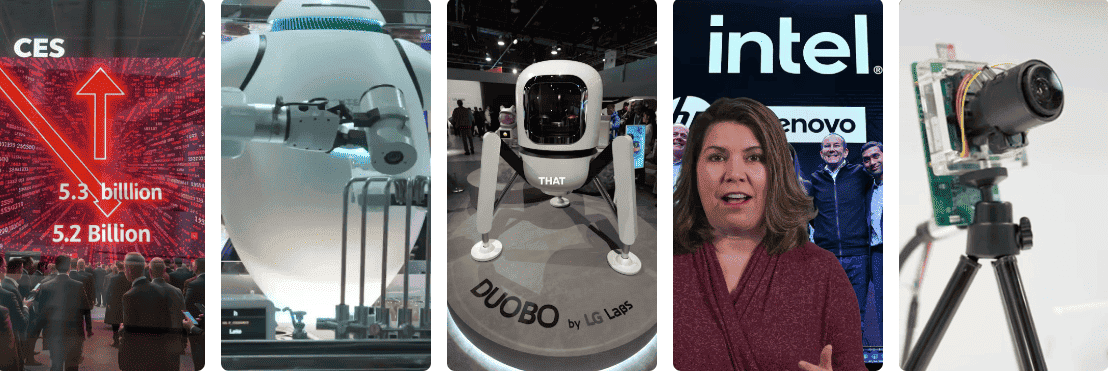
CES 2024 Review:Revisiting the Tech Highlights of 2024
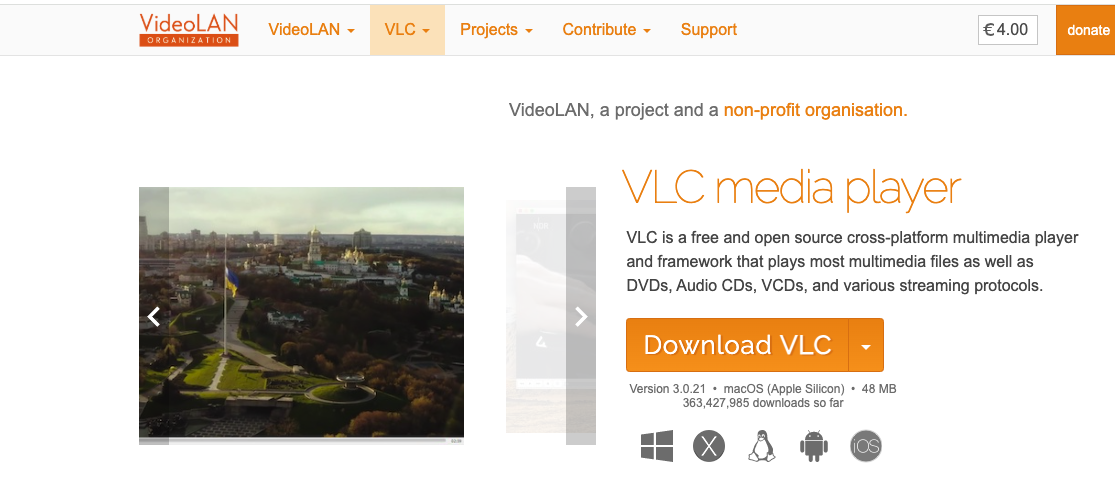
VLC Automatic Subtitles and Translation (Based on Local Offline Open-Source AI Models) | CES 2025
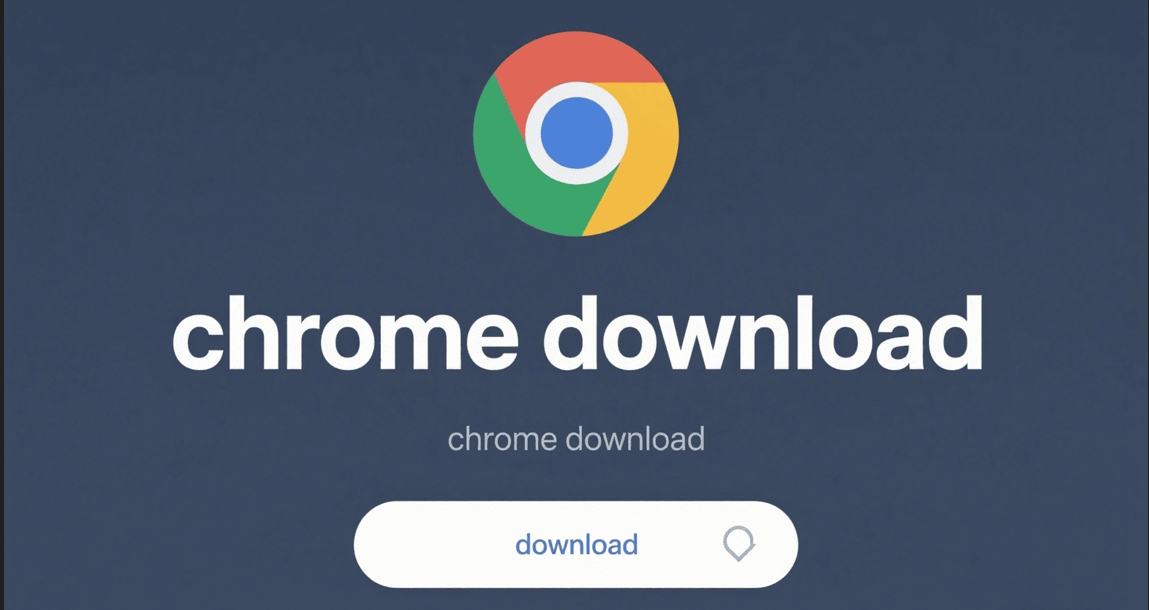
Chrome(Chromium) Historical Version Offline Installer Download Guide

ClearerVoice-Studio: A One-Stop Solution for Speech Enhancement, Speech Denoising, Speech Separation and Speaker Extraction
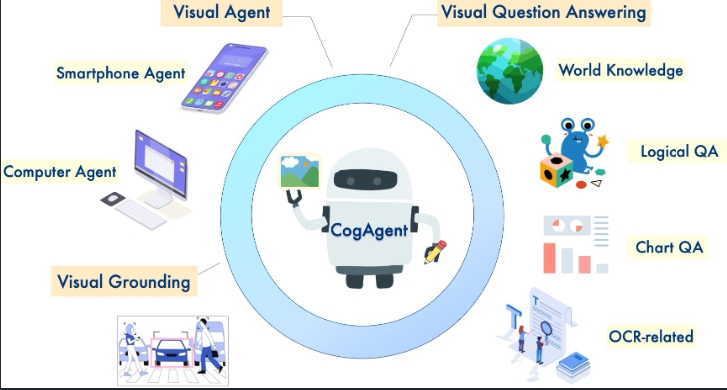
CogAgent-9B Released: A GUI Interaction Model Jointly Developed by Zhipu AI and Tsinghua